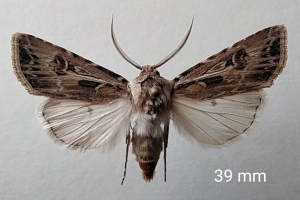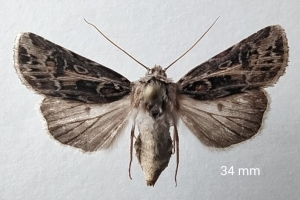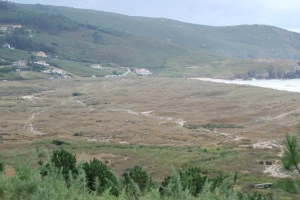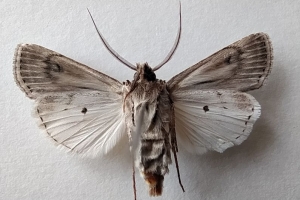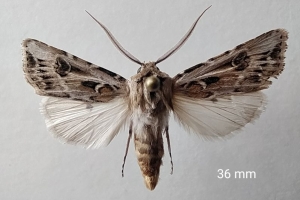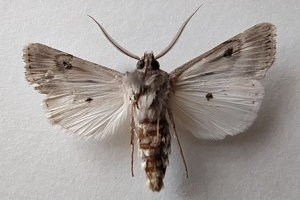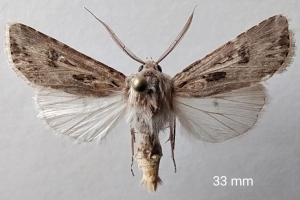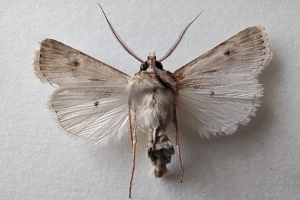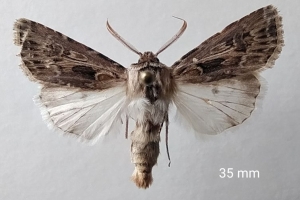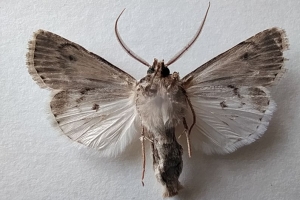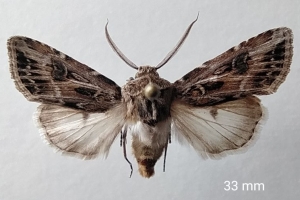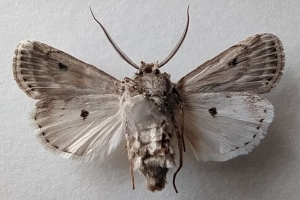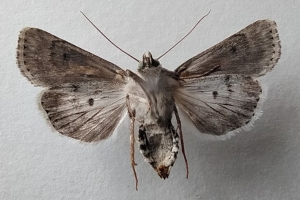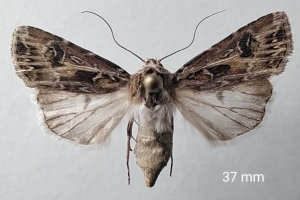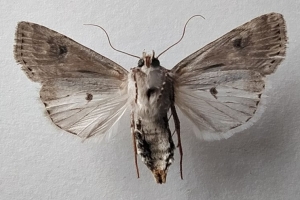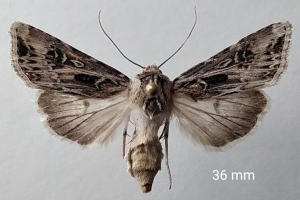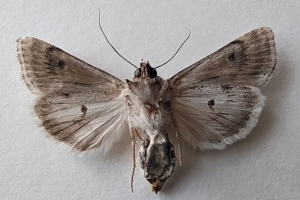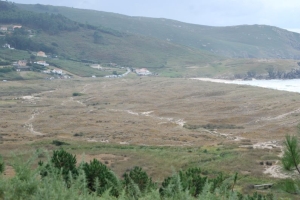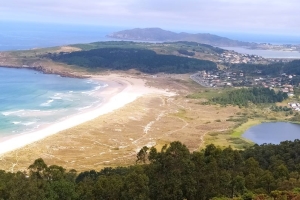

 +2Kontinente:EU
+2Kontinente:EU2. Diagnose
2.1. Männchen
2.2. Weibchen
3. Biologie
3.1. Habitat
4. Weitere Informationen
4.1. Taxonomie
Nach Yela et al. (2025) ist die Artberechtigung neu zu prüfen: "Prior to 1990, the Iberian Peninsula Agrotis vestigialis species-group included the nominate species and A. sabulosa Rambur, 1839 (Agenjo 1947, 1977; Calle 1983). Subsequently, three additional species were added: A. yelai Fibiger, 1990, A. charoae Yela, Fibiger, Zilli & Ronkay, 2010, and A. garretasorum Garretas, Blázquez & Gaytán, 2018. Although it is beyond the scope of the present article, the taxonomic relationships of all these species should be revisited; all share the same BIN with A. vetigialis [sic!], according to material available at BOLD (https://boldsystems.org/; Ratnasingham and Hebert 2007)."
4.2. Faunistik
Typenfundort dieser zur Agrotis vestigialis-Gruppe gerechneten Art ist: "Spain, Pontevedra, Cangas de Morrazu, Playa de Barra, 0 m". Zur Verbreitung schreiben Fibiger et al. (2010): "Atlanto-Mediterranean, endemic to Spain. Besides ist discovery in the NW coastal corner of Spain, two possible specimens have been photographed, one in Burgos and the other one in Valencia, but both are worn, and positive identification is impossible."
(Autor: Erwin Rennwald)
4.3. Literatur
- Erstbeschreibung: Fibiger, M., Ronkay, L., Yela, J. L. & A. Zilli (2010): Noctuidae europaeae 12. 1-451, pl. 1-18 [hier: 158-159, 296, 342, 387, pl. 10 figs. 29-32]. Sorø (Entomological Press).
- Yela, J.L., Molina, D. & A.S. Ortiz (2025): Agrotis villenensis — a new species of Noctuinae (Lepidoptera, Noctuidae) from the southeastern Iberian Peninsula. — Zookeys, 1239: 21–32. DOI: 10.3897/zookeys.1239.147164. [zum Artikel mit PDF-Download auf zookeys.pensoft.net]



